-
 Bitcoin
Bitcoin $107,352.1067
0.28% -
 Ethereum
Ethereum $2,429.3531
-0.90% -
 Tether USDt
Tether USDt $1.0001
-0.02% -
 XRP
XRP $2.1894
4.62% -
 BNB
BNB $646.7968
0.36% -
 Solana
Solana $147.4290
4.03% -
 USDC
USDC $0.9998
-0.02% -
 TRON
TRON $0.2756
1.52% -
 Dogecoin
Dogecoin $0.1630
1.14% -
 Cardano
Cardano $0.5612
1.18% -
 Hyperliquid
Hyperliquid $37.0580
-0.05% -
 Bitcoin Cash
Bitcoin Cash $496.9410
-0.09% -
 Sui
Sui $2.7318
3.19% -
 Chainlink
Chainlink $13.1503
0.58% -
 UNUS SED LEO
UNUS SED LEO $9.0766
0.55% -
 Avalanche
Avalanche $17.7220
1.46% -
 Stellar
Stellar $0.2380
1.52% -
 Toncoin
Toncoin $2.8439
0.38% -
 Shiba Inu
Shiba Inu $0.0...01143
1.84% -
 Litecoin
Litecoin $85.8053
1.47% -
 Hedera
Hedera $0.1483
2.70% -
 Monero
Monero $314.3240
2.12% -
 Bitget Token
Bitget Token $4.6725
0.77% -
 Dai
Dai $1.0000
0.00% -
 Polkadot
Polkadot $3.3555
1.28% -
 Ethena USDe
Ethena USDe $1.0001
0.02% -
 Uniswap
Uniswap $7.0890
2.64% -
 Pi
Pi $0.5355
-3.40% -
 Pepe
Pepe $0.0...09393
1.06% -
 Aave
Aave $256.8136
-1.90%
MetaMask prompts risky transactions. Have you checked the signature content?
Always check the signature content in MetaMask to ensure transaction security, especially when interacting with unknown smart contracts or approving tokens.
May 12, 2025 at 05:28 pm
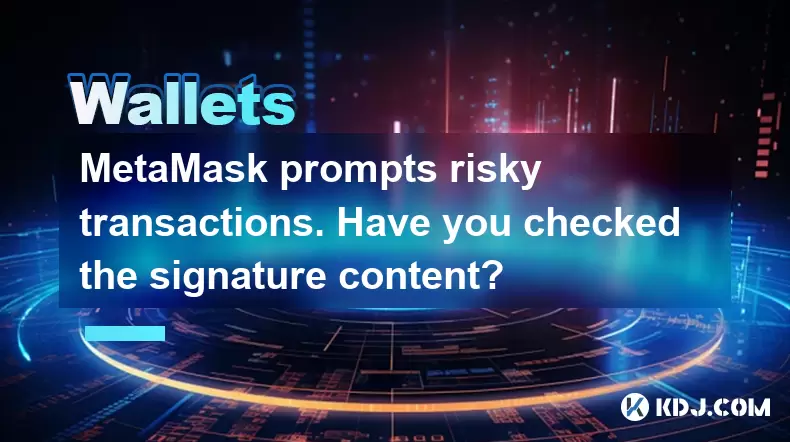
When using MetaMask, users often encounter warnings about risky transactions. These warnings are crucial as they help protect your digital assets from potential threats. One common warning is related to the content of the transaction signature. Understanding and checking the signature content is essential to ensure your transactions are secure and legitimate.
What is a Transaction Signature?
A transaction signature is a cryptographic mechanism used to authorize and validate transactions on the blockchain. When you sign a transaction, you are essentially proving that you own the private key associated with the address sending the transaction. This signature is what allows the transaction to be processed and added to the blockchain. It's crucial to review the signature content to ensure it matches your intended action.
Why Does MetaMask Warn About Risky Transactions?
MetaMask warns about risky transactions to protect users from potential scams or malicious activities. These warnings can appear when the transaction involves unfamiliar smart contracts, high gas fees, or unusual transaction patterns. Checking the signature content helps you verify that the transaction is what it claims to be and not a disguised attempt to steal your funds.
How to Check the Signature Content in MetaMask
To check the signature content in MetaMask, follow these steps:
- Open MetaMask: Ensure you are using the latest version of the MetaMask extension or mobile app.
- Initiate the Transaction: Start the process of sending a transaction or interacting with a smart contract.
- Review the Transaction Details: Before signing, MetaMask will display the transaction details, including the recipient address, the amount, and the gas fee.
- Check the Signature Content: Look for the "Signature" or "Data" field in the transaction details. This field contains the encoded data that will be signed and sent to the blockchain.
- Verify the Signature: If you are interacting with a smart contract, you can use a tool like Etherscan to decode the signature data and understand what the transaction will do. For simple transactions, ensure the recipient address and amount are correct.
- Confirm or Reject: If everything looks legitimate, proceed with signing the transaction. If you have any doubts, reject the transaction and investigate further.
Common Scenarios Where Signature Content Matters
There are several scenarios where checking the signature content is particularly important:
- Interacting with Unknown Smart Contracts: When you connect to a new decentralized application (dApp) or smart contract, the transaction may include function calls that could potentially drain your wallet. Always check the signature content to understand what the transaction will do.
- Approving Tokens: When approving tokens for use in a dApp, the signature content will specify the amount of tokens being approved. Verify that the amount is correct to avoid granting unlimited access to your tokens.
- High-Value Transactions: For transactions involving significant amounts of cryptocurrency, it's essential to double-check the signature content to ensure no hidden actions are being performed.
Tools to Help Verify Signature Content
Several tools can assist in verifying the signature content of a transaction:
- Etherscan: This popular blockchain explorer allows you to decode transaction data and understand the function calls being made. Simply paste the transaction hash into Etherscan, and it will provide a breakdown of the transaction details.
- Decode.to: This tool is specifically designed to decode Ethereum transaction data. It can help you understand the function calls and parameters within the transaction.
- Remix IDE: For more advanced users, Remix IDE is a powerful tool that allows you to interact with smart contracts and decode transaction data. It's particularly useful for developers and those who want to understand the technical details of a transaction.
Best Practices for Safe Transactions
To ensure your transactions are safe and secure, follow these best practices:
- Always Verify the Recipient: Before confirming a transaction, double-check the recipient's address to ensure it matches the intended recipient.
- Use Trusted dApps: Only interact with decentralized applications that have a proven track record of security and reliability.
- Keep Your Software Updated: Regularly update MetaMask and any other software you use to interact with the blockchain to protect against known vulnerabilities.
- Be Wary of Phishing Attempts: Be cautious of emails or messages that ask you to sign transactions or provide sensitive information. Always verify the source before taking any action.
Frequently Asked Questions
Q: Can I trust the transaction details displayed in MetaMask?
A: MetaMask is designed to provide accurate transaction details, but it's always a good practice to verify the information independently, especially for high-value transactions or when interacting with unknown smart contracts.
Q: What should I do if I accidentally sign a risky transaction?
A: If you suspect you've signed a risky transaction, immediately move your funds to a new wallet address and monitor the transaction on a blockchain explorer like Etherscan to understand what has happened.
Q: How can I protect myself from phishing attacks when using MetaMask?
A: To protect yourself from phishing attacks, always access MetaMask through the official website or extension, never click on suspicious links, and use strong, unique passwords for your wallet.
Q: Are there any tools to help me decode transaction data in real-time?
A: While most tools require you to input the transaction hash after the transaction has been signed, some advanced dApps and browser extensions offer real-time decoding of transaction data. Always ensure these tools are from trusted sources.
Disclaimer:info@kdj.com
The information provided is not trading advice. kdj.com does not assume any responsibility for any investments made based on the information provided in this article. Cryptocurrencies are highly volatile and it is highly recommended that you invest with caution after thorough research!
If you believe that the content used on this website infringes your copyright, please contact us immediately (info@kdj.com) and we will delete it promptly.
- Pi2Day Disappointment: Why the Pi Network Community Is Losing Faith
- 2025-06-28 18:30:12
- Silver Lining: Robert Kiyosaki's July 2025 Silver Prediction
- 2025-06-28 18:30:12
- Gotta Go Fast! Sonic Speeds into Magic: The Gathering Secret Lair
- 2025-06-28 18:50:12
- Shiba Inu, Price Prediction, Dogecoin Pepe: Meme Coin Mania in 2025
- 2025-06-28 18:50:12
- Genius Group, Bitcoin, and Lawsuit Wins: A New Era for EdTech?
- 2025-06-28 18:42:02
- LILPEPE: The Meme Coin on a Layer 2 Mission to the Moon
- 2025-06-28 18:57:01
Related knowledge

How to stake cryptocurrencies on Coinbase? Benefits and risks
Jun 27,2025 at 06:36pm
Understanding Cryptocurrency Staking on CoinbaseStaking cryptocurrencies involves locking up digital assets to support the operations of a blockchain network, typically in return for rewards. Coinbase, one of the most popular cryptocurrency exchanges globally, offers staking services for several proof-of-stake (PoS) coins. Users can stake their holdings...
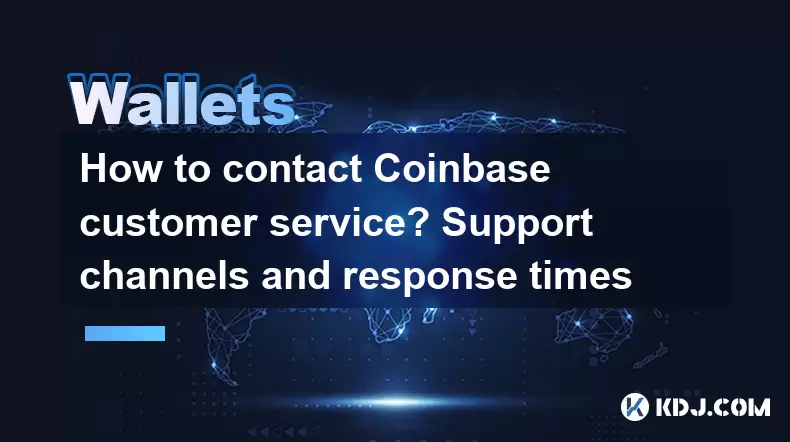
How to contact Coinbase customer service? Support channels and response times
Jun 28,2025 at 01:29pm
Contacting Coinbase Customer Service: Support Channels and Response TimesIf you're a user of Coinbase, reaching their customer service team may become necessary for various reasons, such as account verification issues, transaction disputes, or technical difficulties. Understanding the different support channels available and what to expect in terms of r...
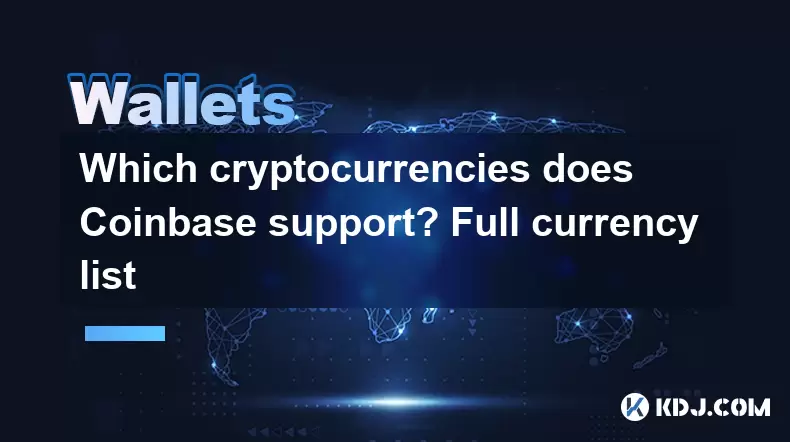
Which cryptocurrencies does Coinbase support? Full currency list
Jun 28,2025 at 08:36am
Overview of Cryptocurrencies Supported by CoinbaseCoinbase is one of the most popular and trusted cryptocurrency exchanges globally. It provides users with a platform to buy, sell, trade, and store various digital assets. As of the latest updates, Coinbase supports over 200 cryptocurrencies, including major ones like Bitcoin (BTC), Ethereum (ETH), and L...
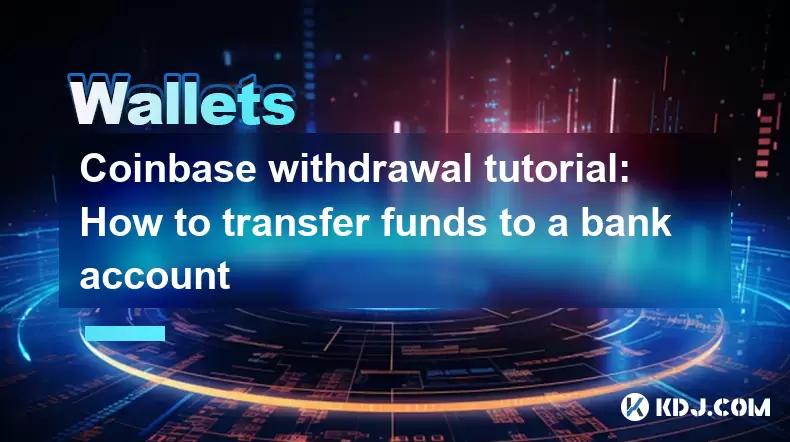
Coinbase withdrawal tutorial: How to transfer funds to a bank account
Jun 28,2025 at 02:35am
Understanding Coinbase WithdrawalsCoinbase is one of the most widely used cryptocurrency platforms, allowing users to buy, sell, and store digital assets. Once you've successfully traded or held your crypto on Coinbase, the next logical step may be to withdraw funds to a bank account. This process involves converting your cryptocurrency into fiat curren...
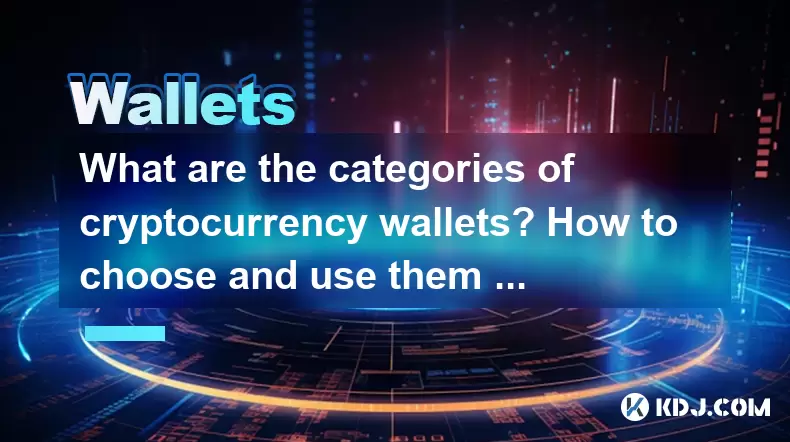
What are the categories of cryptocurrency wallets? How to choose and use them safely?
Jun 21,2025 at 10:42pm
Understanding Cryptocurrency WalletsCryptocurrency wallets are essential tools for anyone involved in the digital asset ecosystem. They allow users to store, send, and receive cryptocurrencies securely. Unlike traditional wallets that hold physical money, crypto wallets manage cryptographic keys—private and public—which interact with blockchain networks...
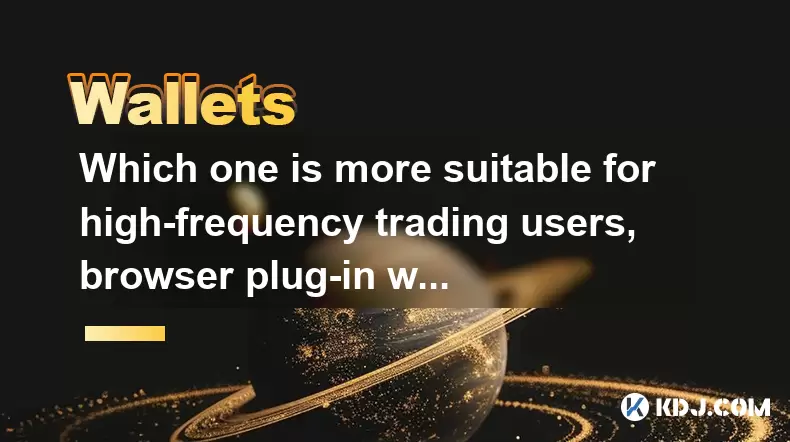
Which one is more suitable for high-frequency trading users, browser plug-in wallets or independent application wallets?
Jun 23,2025 at 08:22am
Understanding the Role of Wallets in High-Frequency TradingFor high-frequency trading (HFT) users in the cryptocurrency market, wallet selection is critical due to the need for speed, security, and seamless integration with trading platforms. HFT involves executing a large number of trades within seconds or even milliseconds, which demands a wallet that...

How to stake cryptocurrencies on Coinbase? Benefits and risks
Jun 27,2025 at 06:36pm
Understanding Cryptocurrency Staking on CoinbaseStaking cryptocurrencies involves locking up digital assets to support the operations of a blockchain network, typically in return for rewards. Coinbase, one of the most popular cryptocurrency exchanges globally, offers staking services for several proof-of-stake (PoS) coins. Users can stake their holdings...

How to contact Coinbase customer service? Support channels and response times
Jun 28,2025 at 01:29pm
Contacting Coinbase Customer Service: Support Channels and Response TimesIf you're a user of Coinbase, reaching their customer service team may become necessary for various reasons, such as account verification issues, transaction disputes, or technical difficulties. Understanding the different support channels available and what to expect in terms of r...

Which cryptocurrencies does Coinbase support? Full currency list
Jun 28,2025 at 08:36am
Overview of Cryptocurrencies Supported by CoinbaseCoinbase is one of the most popular and trusted cryptocurrency exchanges globally. It provides users with a platform to buy, sell, trade, and store various digital assets. As of the latest updates, Coinbase supports over 200 cryptocurrencies, including major ones like Bitcoin (BTC), Ethereum (ETH), and L...

Coinbase withdrawal tutorial: How to transfer funds to a bank account
Jun 28,2025 at 02:35am
Understanding Coinbase WithdrawalsCoinbase is one of the most widely used cryptocurrency platforms, allowing users to buy, sell, and store digital assets. Once you've successfully traded or held your crypto on Coinbase, the next logical step may be to withdraw funds to a bank account. This process involves converting your cryptocurrency into fiat curren...

What are the categories of cryptocurrency wallets? How to choose and use them safely?
Jun 21,2025 at 10:42pm
Understanding Cryptocurrency WalletsCryptocurrency wallets are essential tools for anyone involved in the digital asset ecosystem. They allow users to store, send, and receive cryptocurrencies securely. Unlike traditional wallets that hold physical money, crypto wallets manage cryptographic keys—private and public—which interact with blockchain networks...

Which one is more suitable for high-frequency trading users, browser plug-in wallets or independent application wallets?
Jun 23,2025 at 08:22am
Understanding the Role of Wallets in High-Frequency TradingFor high-frequency trading (HFT) users in the cryptocurrency market, wallet selection is critical due to the need for speed, security, and seamless integration with trading platforms. HFT involves executing a large number of trades within seconds or even milliseconds, which demands a wallet that...
See all articles
























































































